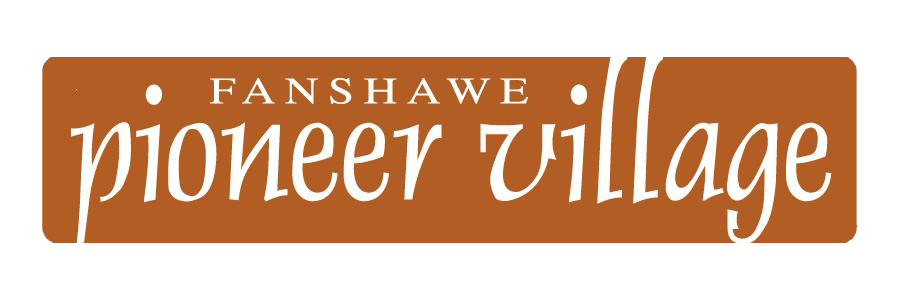Elgie Log House
Original Building
West Nissouri Township
Middlesex County
Circa 1865
The Elgie Log House was built about 1865 on Lot 24, Concession 7, West Nissouri Township. While the builder of this house has never been identified, it is known that the Log House was the boyhood home of Michael Elgie. Elgie’s father, James, moved to West Nissouri Township around 1877 where he purchased the log home and farm. The house was originally built as a one-and-a-half storey structure, but was reconstructed as a single storey when it was moved to the Village in 1957.
Early communities were often established by families of similar backgrounds or who had arrived together in a settlement group. The first immigrant group to settle in this part of Middlesex County arrived in 1818 from North Tipperary, Ireland under the leadership of Richard Talbot. Throughout the region a number of communities appeared and settled along cultural lines, for example, the Black settlement of Wilberforce in Biddulph Township, a Welsh settlement in northwest London Township, and the Scottish settlement of Zorra.
Most newcomers arrived in Canada with dreams of a better life and only the most basic of necessities. Construction of a basic log shelter was immediately required to provide protection from wild animals as well as the elements. This would later be followed by a more permanent structure, similar to Elgie Log House, built using a felling ax, an adze for hewing the logs, and a froe for cutting shingles.
As people established themselves they would add amenities and furnishings to their homes. Elgie Log House is furnished to represent the mid-1830s to 1840s, a period of social and political change. At this time in Lower and Upper Canada, desires for political reform and responsible government, as well as tensions between French and English settlers, led to the Rebellions of 1837-1838. In response to the rebellion in the London District the British government established a military garrison, and the population quickly grew around it.













